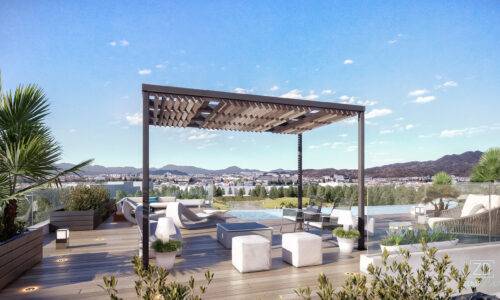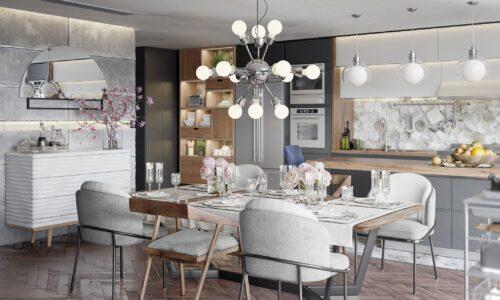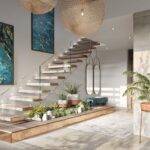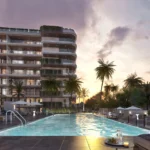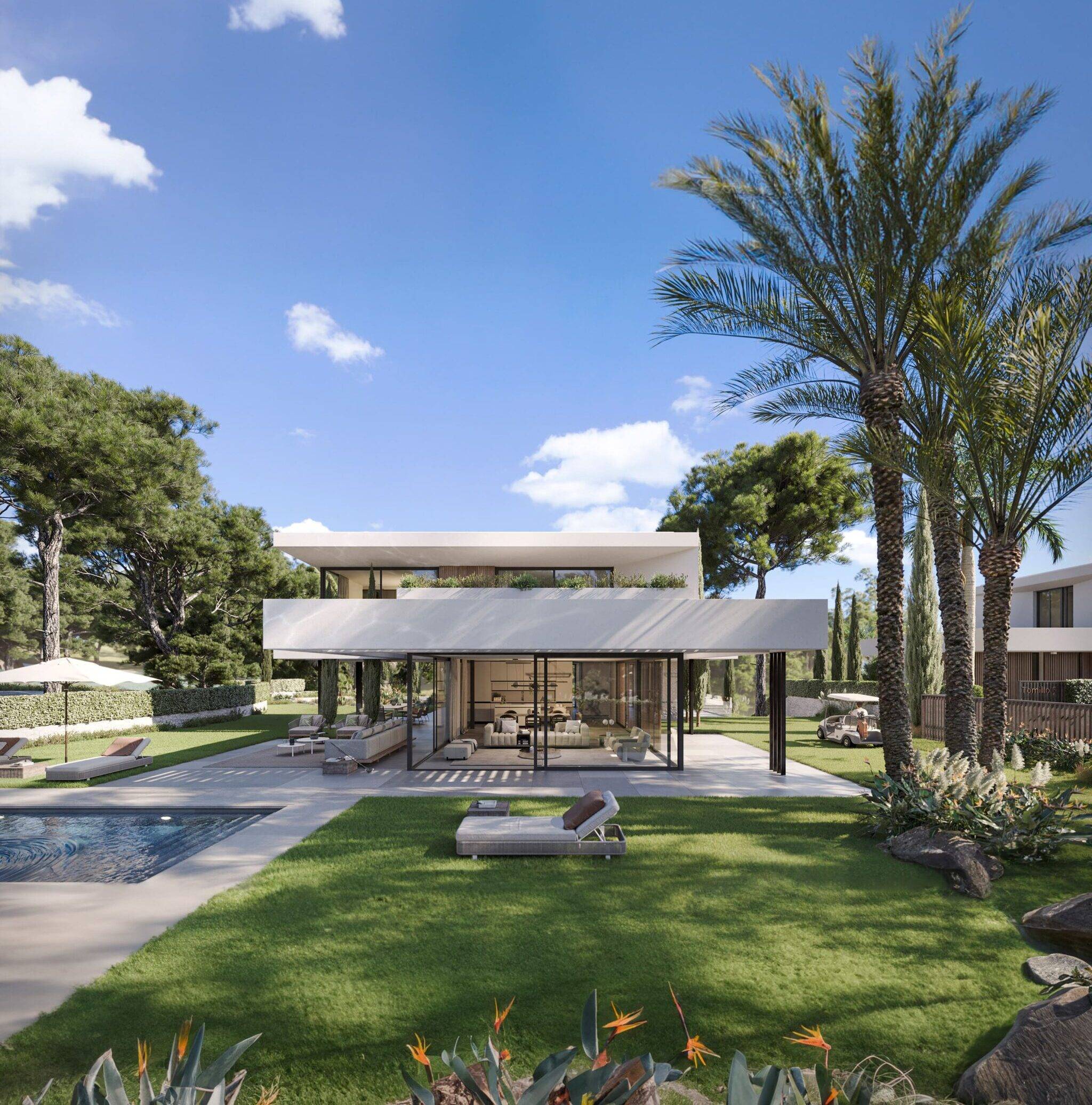
Virtual Reality: A Gateway to Unimaginable Worlds
- Yissel Álvarez
- March 12, 2024
- 3D Design
- 0 Comments
Virtual reality (VR) has ceased to be a futuristic technology and has become a tangible tool with endless possibilities. This technology allows us to immerse ourselves in simulated environments of real appearance, creating a sensory experience that goes beyond what we can see on a screen.
Read this article: Elevate Your Interior Design with Exceptional 3D Kitchen Renders
How does virtual reality work?
The central component of VR is the goggles or virtual reality headsets. These devices, equipped with high-resolution screens and motion sensors, generate 3D images that adjust to the position and movement of the user’s head. Some headsets also incorporate headphones that reproduce spatial sound, intensifying the feeling of immersion.
Read this article: Benefits of 360 Virtual Tours in 3D Visualisations
Advantages of VR in 3D visualisations
- Immersion: VR allows the user to “enter” the 3D model and experience it from a completely different perspective, as if they were actually present in it.
- Interactivity: VR not only allows you to see the 3D model but also interact with it, move objects, open doors, etc., facilitating the understanding of the space and its characteristics.
- Collaboration: VR allows multiple people to share the same virtual space and collaborate in real-time, which is ideal for architecture, design, or engineering projects.
- Greater precision: VR offers a more accurate perception of scale, proportions, and depth of space, which is crucial for certain sectors such as architecture or medicine.
Applications of VR in 3D visualisations:
- Architecture: Allows clients to visualise and “walk through” a home or building virtually before construction, facilitating error detection or making changes.
- Design: VR is used to visualise products in 3D, such as furniture or vehicles, allowing clients to interact with them before purchasing.
- Engineering: VR is employed to simulate industrial processes or perform machinery operation tests, which helps optimise design and avoid errors.
- Medicine: VR is used for medical training, surgical planning, or patient rehabilitation.
- Education: VR allows students to explore abstract concepts immersively or conduct experiments safely, enhancing learning.
The future of VR in 3D visualisations:
Read this article: Transform Your Outdoor Space with 3D Garden Renders
If you need assistance with your architectural project and require visualization services, please feel free to contact us for further information.
